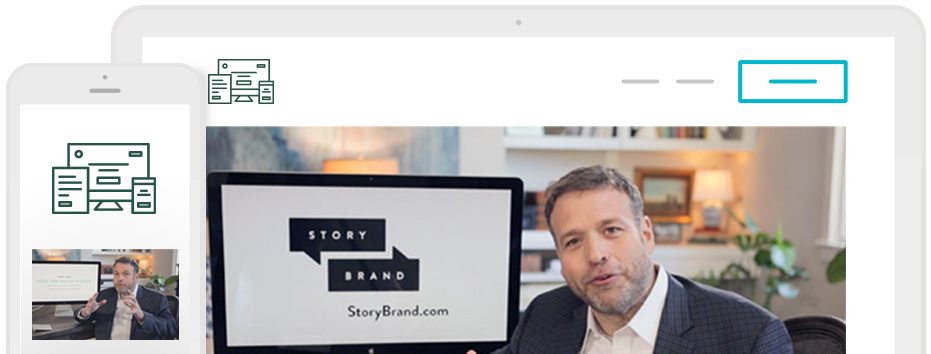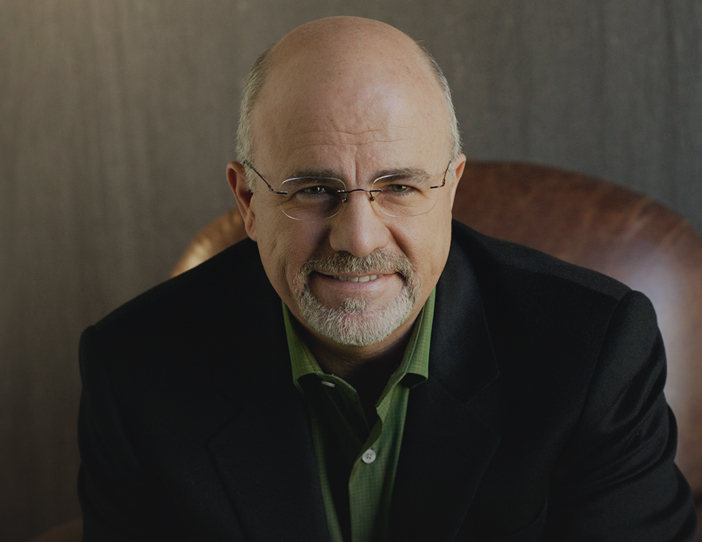
I don’t know about you, but I can’t wait for Christmas morning.
It’s not because I’m excited to see what’s under the tree for me.
It’s honestly because I’ve gotten a fantastic gift for my wife Betsy and I can’t wait to see her face when she opens it.
The older I get, the more fun it is to give gifts and be generous. Wendell Berry said it beautifully in his poem No Going Back: “Every day you have less reason not to give yourself away.”
But how does that spirit of generosity apply to us as business leaders? What does it mean to be a “generous brand?” And why does it matter?
Generous brands strive to delight their customers and add value to their lives. They empathize and build relationships with them. They see their customers as people, not merely a means to a better bottom line.
To understand the power of generosity (and why it matters for us), we need the help of our friends the anthropologists. They have been studying what’s called the “norm of reciprocity” for decades to understand how we behave differently when someone gives something to us.
For example, have you ever gotten a mint with your bill at a restaurant? Servers do this because it increases tips. But one study had servers give a second mint to diners, with the instruction to pause, look the diner in the eye, and specify that the second mint was “just for them.” When they did that, tips went up an additional 20%.
That’s the norm of reciprocity at work. When someone gives to us, we are motivated to do something for them in return.
When you’re generous with your audience, you’re invoking that norm of reciprocity. You’re setting a tone of kindness and camaraderie. It makes you more trustworthy. And as we’ve discussed before, people only buy things from brands they trust.
In fact, this study found that 90% of consumers want brands to share more, but they feel like only 10% of brands do it well.
What does that mean for us as leaders? There’s a huge opportunity to excel as a generous brand and win over customers.
With that in mind, here are four practical ways to do it.
Give Away Content For Free
One of the easiest ways you can be generous is by giving away valuable content for free.
This is especially powerful to reach people who are new to your brand. It offers them a way to take action and get involved with no risk — because the content is free.
As you share more, people will get to know you, trust your advice, and be more likely to make a purchase down the road.
Here are a few ways you can give away content:
• Pinpoint a small but common problem your typical customer deals with, and put together a PDF with a series of tips to solve it.
• Start a podcast and interview people to discuss topics your customers care about.
• Write blog posts and send them out to your email list.
• Offer a free trial class or short consultation.
• Have people submit a question and then record a short personalized video to answer it.
The Ten-Minute Takeaway: Brainstorm five ideas for a free resource you can give away to people who subscribe to your email list. And for more on content marketing, listen to our podcast with Brian Clark of Copyblogger.
Add Value to Your Product
Don’t mistake being generous for giving discounts.
Why? Because relying on discounts is dangerous. Customers ask themselves why your price can be discounted. They may delay a purchase because they’re waiting for a discount. And studies show that consumers perceive a product as less valuable when they get it at a cut rate.
Instead, find ways to make your product more valuable. For a few ideas:
• Pair it with thoughtful act of service that makes the process of buying easier. For example, some Chick-fil-A locations offer a “Mom’s Valet” service where moms can order in the drive-thru, then come inside and have the meal ready and waiting for them at the table. This adds value by eliminating all the stress and hassle of herding young kids through a restaurant.
• Add bonus materials that are automatically included with a purchase.
• Create a level of greater access, like a community of purchasers or a monthly live call.
The Ten-Minute Takeaway: Look at one product or service you offer and consider a way you can add more value to it. To get inspired, listen to this podcast from David Salyers of Chick-fil-A. Nobody does added value better than they do.
Keep Your Marketing Clear and Relevant
Your customers come to you with vast differences in their attitudes, demographics, income levels, and expectations.
But one thing is ALWAYS the same: everybody is working with the same 168 hours each week. No more, no less. And because it’s finite, your customers’ time is the most valuable thing they have.
Be respectful of it by making all your marketing clear and relevant.
• Don’t make them wade through tons of product descriptions. (They probably won’t, anyway.)
• Use simple language and short phrases when possible.
• Make your messages more relevant by segmenting your email list and tailoring copy to each segment.
• Give everything you write the “robot” test by reading it out loud. If it sounds unnatural when you say it, rewrite it to be more conversational.
The Ten-Minute Takeaway: Sign up for our 5 Minute Marketing Makeover video series. Technically you’ll need 20 minutes for this, not ten, but you’ll walk away with actionable insights that will make your website dramatically clearer and more relevant.
Find a Way to Give Back to Social Causes
So far, we’ve just talked about ways to be generous with your customers and prospects.
But more and more, consumers appreciate (and expect) brands to give to causes and be good citizens of the world.
This study found that 90% of people would be more likely to trust a company that supports social responsibility.
Go beyond the bottom line and find specific causes you can support. It helps to find something that’s in line with your brand.
For example, we recently donated 100% proceeds of the sales of our Creating a Life Plan product to a nonprofit called These Numbers Have Faces. We love their emphasis on developing young entrepreneurs in Africa.
In Welch’s “Fill the Lunchbox” campaign, they asked their consumers to share pictures of their kids enjoying their Fruit Snacks product. For every photo they received, they donated $1 to Feeding America and funded over a million meals.
It could be as simple as having your staff regularly volunteer at a local organization. If you’re a fitness consultant, build bikes for needy kids. If you’re a landscape company, partner with a local school to spruce up their outdoor space.
—
So there you have it. You can be more generous as a brand by giving away content, adding value to your product, keeping your marketing clear, and giving back to social causes. When you do, you’ll build more trust with your customers and your business will grow.

Make Your Website More Relevant With Our Free Video Series
Sign up for the 5 Minute Marketing Makeover, and we’ll send you three free videos with actionable ideas to see instant improvement on your website.









